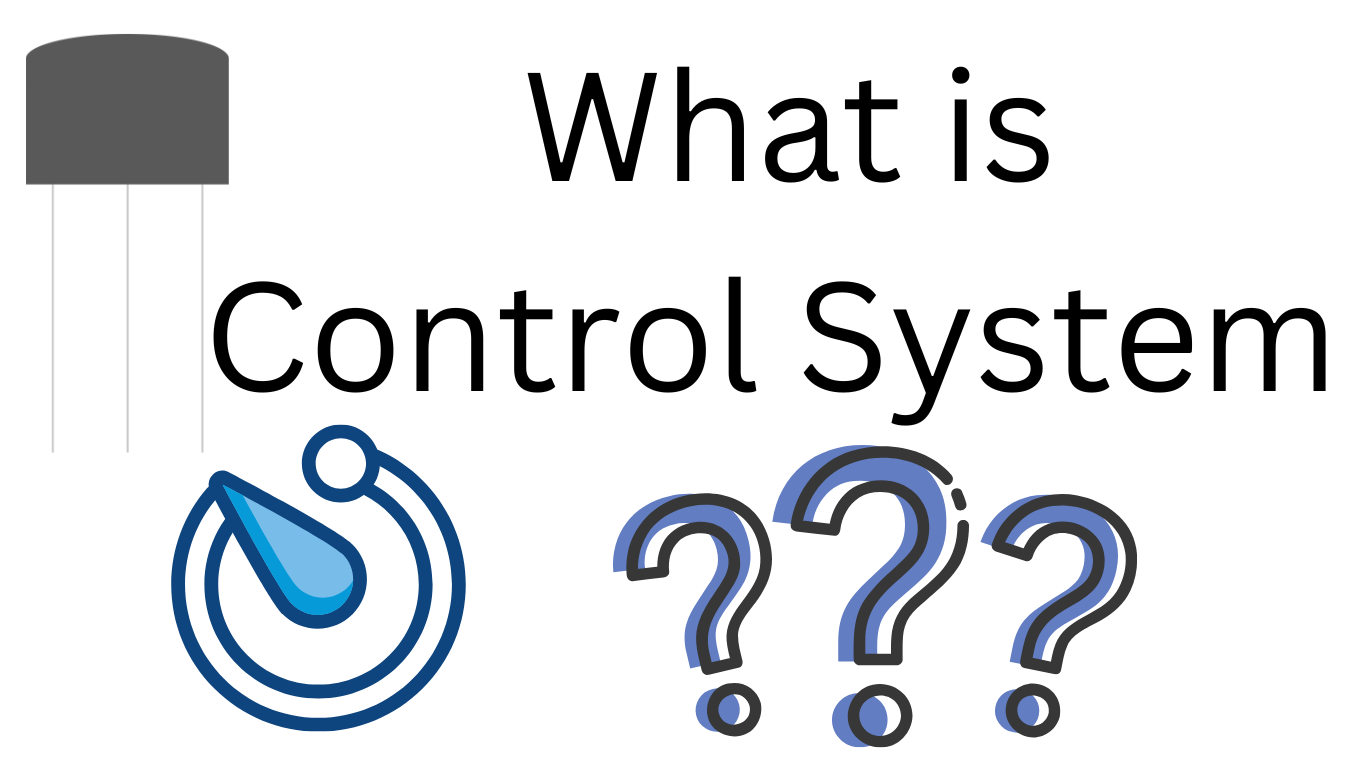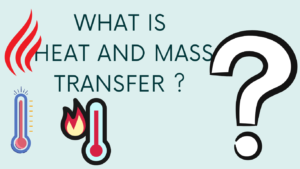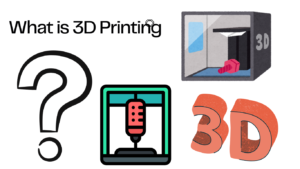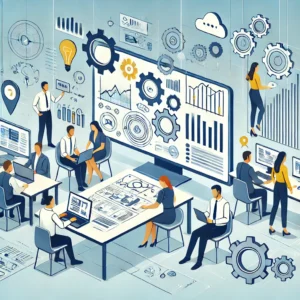Introduction to Control Systems
A control system is a system designed to regulate or manage the behavior of other devices or systems using control loops. Control systems are integral to modern technology and are used in industries ranging from manufacturing to aerospace.
Types of Control Systems
Open-Loop Control System
An open-loop control system operates without feedback. It executes commands based on predefined settings but does not adjust based on output.
Example: A washing machine follows a set time for each cycle without checking the cleanliness of clothes.
Closed-Loop Control System
A closed-loop system uses feedback to adjust its operation to achieve the desired output.
Example: An air conditioner adjusts cooling based on room temperature feedback.
Components of a Control System
- Controller: Determines the necessary action to achieve the desired output.
- Process/System: The entity being controlled.
- Sensor/Feedback Device: Measures the output and provides data to the controller.
Working Principle of Control Systems
Control systems operate through a cycle of input, processing, and output. Feedback mechanisms in closed-loop systems adjust operations to maintain desired performance.
Examples of Control Systems
- Home Automation: Smart thermostats adjust temperature automatically.
- Industrial Applications: Robots in assembly lines adapt to product variations.
- Automotive Industry: Cruise control maintains vehicle speed.
Comparison Between Open-Loop and Closed-Loop Systems
| Feature | Open-Loop System | Closed-Loop System |
|---|---|---|
| Feedback | No | Yes |
| Accuracy | Lower | Higher |
| Example | Traffic lights | Adaptive traffic signals |
Mathematical Modeling of Control Systems
Transfer Function
Represents the system’s behavior in the Laplace domain.
State-Space Representation
Uses state variables to describe system dynamics.
Types of Controllers in Control Systems
- Proportional Controller (P): Adjusts based on error magnitude.
- Integral Controller (I): Eliminates steady-state error.
- Derivative Controller (D): Predicts future errors.
- PID Controller: Combines all three for optimal control.
Stability Analysis in Control Systems
Concept of Stability
A stable system returns to equilibrium after disturbances.https://www.thesaurus.com/browse/technical
Routh-Hurwitz Criterion
A method to determine system stability.
Root Locus
Graphical representation of system stability.
Frequency Response Analysis
Bode Plot
Shows gain and phase across frequencies.
Nyquist Plot
Analyzes system stability using complex plots.
Time Response Analysis
Transient and Steady-State Response
Transient response covers initial behavior, while steady-state response covers long-term behavior.
Time-Domain Specifications
Includes rise time, peak time, and settling time.
Applications of Control Systems in Engineering
- Aerospace: Flight control systems in aircraft.
- Robotics: Precision control in robotic arms.
- Power Systems: Grid automation for stable electricity supply.
Modern Trends in Control Systems
- AI & Machine Learning: Self-learning controllers.
- IoT-based Systems: Smart home automation.
Challenges in Control System Design
- Complexity in large-scale systems.
- Real-time processing constraints.
Future of Control Systems
- Smart Control Systems: AI-driven automation.
- Automation in Everyday Life: Increased integration in smart cities.
- 🧠 Basic Types of Control Systems
Open-Loop Control System
No feedback is used.
Output is not measured or compared with the input.
Example: A microwave oven that runs for a set time regardless of food temperature.
Closed-Loop Control System (Feedback System)
Uses feedback to compare the output with the desired input.
Automatically adjusts to reduce error.
Example: An air conditioner that turns on/off based on room temperature.
⚙️ Key Components
Input – The desired value (e.g., setpoint).
Controller – Decides what action to take (e.g., a PID controller).
Actuator – Executes the action (e.g., a motor or valve).
Plant – The process being controlled (e.g., a robot arm).
Sensor – Measures output.
Feedback – The actual output sent back to the controller for comparison.
📊 Examples of Control Systems
Cruise control in a car
Temperature control in an oven
Industrial robots in a factory
Automatic pilot in aircraft
📐 Applications
Engineering: Robotics, Aerospace, Automotive
Electronics: Servo motors, Inverters
Process Control: Chemical plants, Manufacturing
Everyday Use: Washing machines, Air conditioners




Pingback: Concept Of Automobile Engineering - nobleswift.com
Hi Good morning
How are you doing